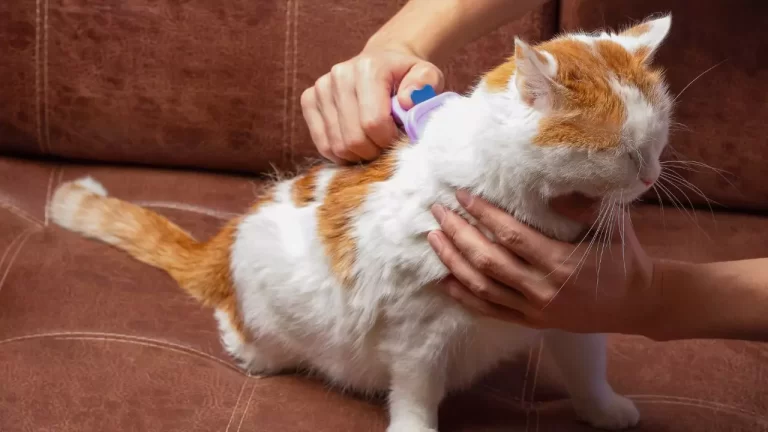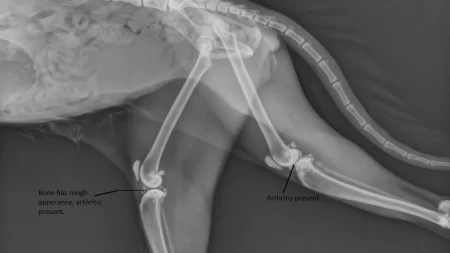Yes, cats can get dandruff just like humans. While a small amount is perfectly normal, excessive dandruff can indicate underlying problems that require attention.
What is Dandruff in Cats?
Definition
Dandruff in cats refers to the visible flakes of dead skin cells that shed from their fur. It typically appears as white or gray flakes scattered throughout the coat, but can also be greasy or oily.
Normal vs. Abnormal Amounts
Some dandruff is natural and expected as part of the skin’s renewal process. However, excessive flaking, accompanied by itching, redness, or inflammation, is not normal and warrants a closer look.
Causes of Cat Dandruff
Several factors can contribute to dandruff in cats:
Environmental Factors:
- Heat and Low Humidity: Dry air can dehydrate the skin, leading to flaking and dandruff.
- Lack of Sunlight: Sunlight helps regulate the skin’s natural oil production, and insufficient exposure can result in dryness and dandruff.
Diet:
- Nutrient Deficiencies: A lack of essential vitamins and minerals, especially omega fatty acids, can cause dry skin and dandruff.
- Food Allergies: Allergies to certain ingredients in pet food can manifest as skin irritation and dandruff.
Underlying Health Conditions:
- Skin Infections: Fungal or bacterial infections can cause significant skin irritation and dandruff.
- Parasites: Fleas, mites, and lice can irritate the skin, leading to scratching, inflammation, and dandruff.
- Endocrine Disorders: Conditions like hyperthyroidism or Cushing’s disease can affect the skin and hair, causing dandruff.
Poor Grooming Habits:
- Overbathing: Excessive bathing can strip the skin of its natural oils, leading to dryness and dandruff.
- Not Brushing Enough: Lack of regular brushing can cause dead skin cells to accumulate and become visible as dandruff.
How to Treat Cat Dandruff?
Here are some ways to address dandruff in cats:
Proper Diet:
- Feed your cat a high-quality diet rich in essential nutrients, including omega fatty acids, to promote healthy skin and coat.
- Consult your veterinarian about dietary modifications if you suspect food allergies.
Regular Grooming:
- Brush your cat regularly to remove dead skin cells and stimulate natural oil production.
- Use a brush appropriate for your cat’s fur type and length.
Special Shampoos:
- Use medicated shampoos designed for cats with dandruff, following the manufacturer’s instructions carefully.
- Oatmeal shampoos can help soothe irritated skin and reduce flaking.
Maintaining a Healthy Weight:
- Overweight cats may have difficulty grooming themselves properly, leading to dandruff and other skin problems.
- Work with your veterinarian to develop a weight management plan if your cat is overweight.
Keeping Your Cat Hydrated:
- Provide your cat with clean water at all times.
- Encourage water intake by providing a water fountain or adding flavoring to their water.
When to Seek Veterinary Help?
If your cat’s dandruff persists despite implementing home care measures, or if it’s accompanied by other symptoms like itching, redness, hair loss, or lethargy, consult your veterinarian.
Veterinary intervention is crucial if you suspect:
- An underlying health condition, such as skin infection, parasites, or endocrine disorders.
- A severe case of dandruff that significantly affects your cat’s comfort and well-being.
Early diagnosis and treatment of the underlying cause are essential for effectively controlling cat dandruff and ensuring your furry friend’s comfort and health.







